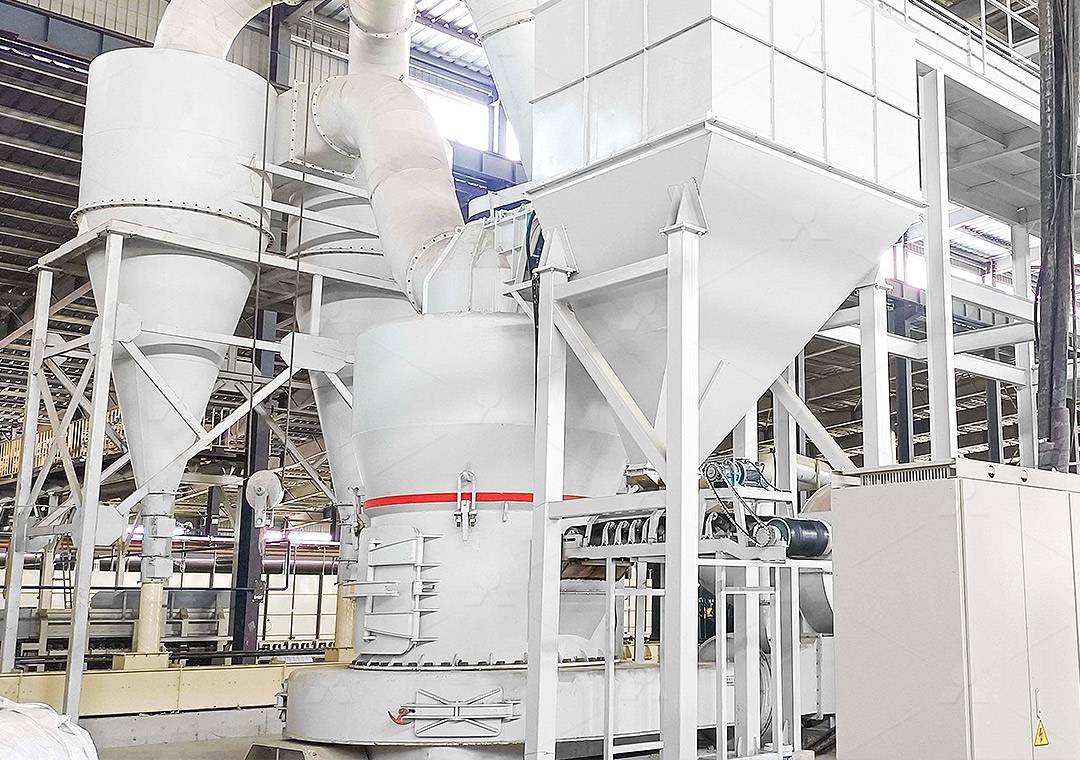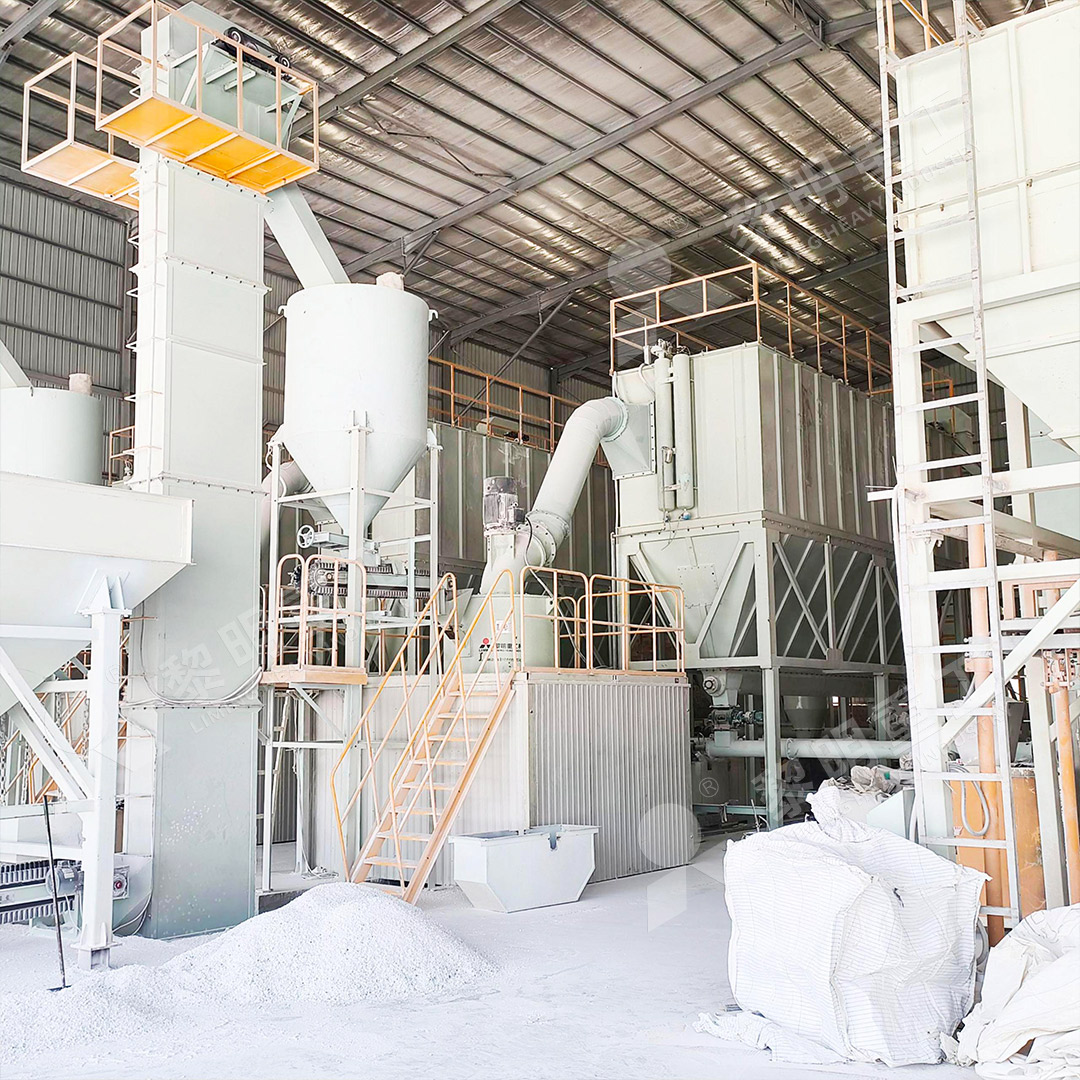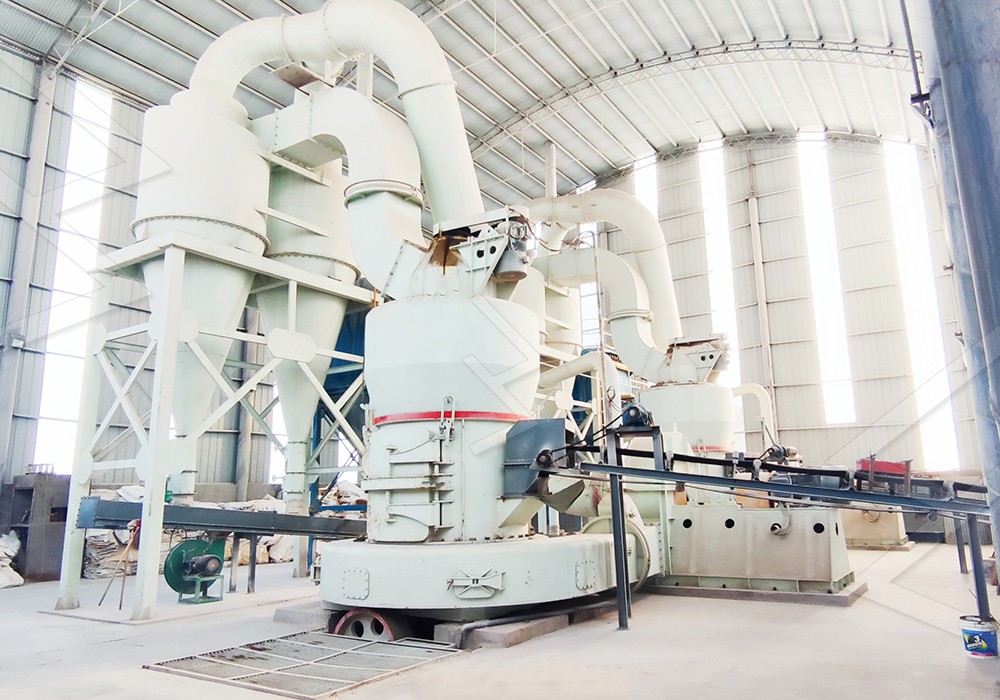Raymond Mill Price Guide: How Much Does a Limestone Grinding Mill Cost?
Raymond Mill Price Guide: How Much Does a Limestone Grinding Mill Cost?
If you’re in the market for a limestone grinding mill, you’ve likely discovered that pricing isn’t straightforward. The cost varies significantly based on capacity, fineness requirements, and specific features. As someone who’s worked in industrial milling for over fifteen years, I can tell you that understanding what drives these costs will save you both money and headaches down the line.

What Really Determines the Price Tag?
When clients ask me about mill pricing, I always start with the same question: What are your production requirements? A small operation needing 1-2 tons per hour will have completely different budget considerations than a large-scale plant requiring 50+ tons. The Raymond mill, while cost-effective for smaller operations, might not be your best choice for high-volume production.
Beyond capacity, consider the total cost of ownership. That cheap initial investment might come back to haunt you through higher energy bills, frequent maintenance downtime, and premature part replacements. I’ve seen too many operations choose based solely on upfront cost, only to spend double that amount in operational expenses within the first two years.
Modern Alternatives to Traditional Raymond Mills
While Raymond mills have been industry workhorses for decades, newer technologies offer significant advantages for limestone processing. The MW Ultrafine Grinding Mill represents the next evolution in grinding technology. With an input size of 0-20 mm and capacity ranging from 0.5-25 tph, it’s particularly well-suited for operations requiring ultra-fine limestone powder between 325-2500 meshes.
What makes the MW series stand out in my professional opinion? The absence of rolling bearings and screws in the grinding chamber eliminates common failure points I’ve repeatedly encountered in traditional designs. The external lubrication system allows for maintenance without shutdown—a feature that alone can justify the investment through reduced production interruptions.

Key Considerations Beyond the Purchase Price
Having consulted on dozens of mill installations, I always emphasize these often-overlooked factors:
- Energy consumption: Modern mills like the MW series consume 30-40% less power than older designs
- Environmental compliance: Integrated dust collection systems prevent costly regulatory issues
- Part availability: Ensure your supplier maintains adequate spare parts inventory
- Technical support: Proper installation and ongoing support are worth paying for
Another excellent option for operations with space constraints is the LUM Ultrafine Vertical Grinding Mill. Its compact design and advanced powder separating technology make it ideal for facilities where floor space is at a premium. With capacities from 5-18 tph and the ability to handle materials up to 10 mm, it’s become a popular choice for mid-sized limestone processing operations.
Making the Right Investment Decision
When evaluating costs, think in terms of cost per ton over the equipment’s lifespan rather than just the initial outlay. A mill that costs 20% more upfront but operates with 30% lower energy consumption and requires 50% less maintenance will provide significantly better long-term value.
I recently worked with a client who was deciding between a refurbished Raymond mill and a new MW Ultrafine Grinding Mill. While the Raymond mill was 40% cheaper initially, the MW’s higher efficiency and lower maintenance requirements meant it paid for itself in under eighteen months through reduced operating costs.

Frequently Asked Questions
What’s the typical price range for a limestone grinding mill?
Prices range from $20,000 for basic Raymond mills to over $500,000 for large, high-capacity vertical mills. The MW Ultrafine Grinding Mill typically falls in the $80,000-$250,000 range depending on configuration and capacity.
How much does installation add to the total cost?
Installation typically adds 15-25% to the equipment cost, covering foundation work, electrical connections, and commissioning. The MW series is designed for relatively straightforward installation compared to some competitors.
What ongoing costs should I budget for?
Factor in energy consumption (typically the largest ongoing cost), wear parts replacement, preventive maintenance, and any required environmental compliance testing. Modern mills like the MW and LUM series are engineered to minimize these ongoing expenses.
How long until I see return on investment?
Most operations see ROI within 12-36 months, depending on production volume and local energy costs. Higher efficiency mills typically achieve faster payback periods despite higher initial investment.
